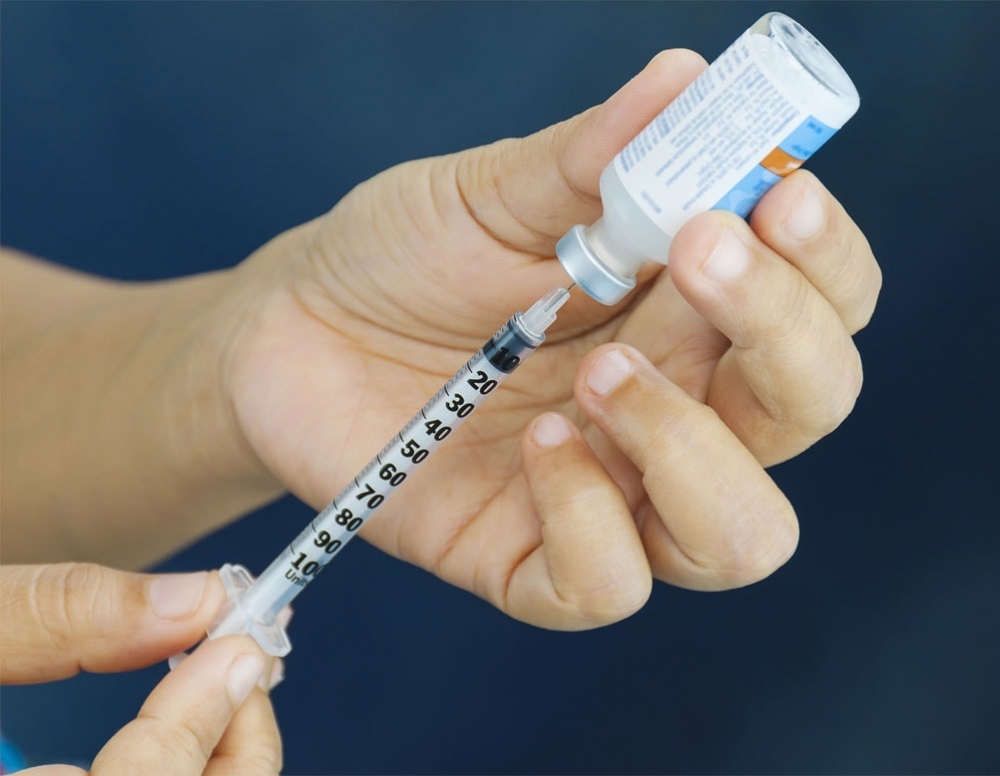Nejedz veľa cukru, lebo budeš mať cukrovku!
Túto vetu počulo od svojich rodičov snáď každé dieťa. Mnohým ľuďom táto hrozba z detstva utkvela v pamäti a veria tomuto tvrdeniu dodnes. As the saying goes, there is no smoke without fire, and there is a grain of truth in this statement as well. Not directly increased sugar consumption, but overall obesity and an unhealthy lifestyle are common risk factors for the development of diabetes. There are several types of diabetes, we know diabetes mellitus type I, which is often diagnosed in childhood and adolescence, DM II. Type 2 and gestational type DM, which occurs during pregnancy. The most common is the second type, which is often associated with older age and/or the aforementioned unhealthy lifestyle. Pri cukrovke telo postihnutého prestane produkovať hormón inzulín, prípadne ho produkuje nedostatok, alebo ho produkuje, no organizmus ho nie je schopný využiť. Inzulín umožňuje presun glukózy, ktorú získavame z potravy, do vnútra bunky, aby tam bola premenená na energiu. Pri tomto ochorení teda dochádza k poruche spracovania nielen cukrov, ale aj tukov a bielkovín v organizme. Hyperglykémia je stav, kedy v dôsledku nedostatku inzulínu v organizme dochádza k hromadeniu glukózy v krvi. Opak tohto stavu, nazývaný hypoglykémia, nastáva pri nedostatočnom prijme potravy. Pri neliečenej cukrovke alebo pri nedodržiavaní predpísanej liečby sa môžu pridružiť aj ďalšie komplikácie a vážne ochorenia. Diabetes sa považuje za najvýznamnejšie metabolické ochorenie u starších ľudí. His symptoms and progression are often different from the manifestations of this disease in people of middle and young age. It is especially important to consider other possible health issues such as kidney disease or cardiovascular system diseases. The treatment of diabetes consists of two main parts - lifestyle modification and the implementation of appropriate pharmacological treatment. It is administered in the milder stages of the disease in the form of oral antidiabetics, i.e., tablets. This form of treatment tends to become ineffective over time, and the process moves to insulin injection therapy. Pri opatere pacienta s diabetom je dôležitá aj pravidelná kontrola hodnôt glukózy v krvi. This is possible even in a home environment using a glucometer, which is covered by health insurance for some patients. Dôležité je nasadenie vhodnej diéty konzultovanej s lekárom – diabetológom. Seniors may encounter a problem with rejecting dietary food, especially if they have been accustomed to consuming something completely different their entire lives. A skilled caregiver will certainly be able to adapt by preparing the client's favorite dishes in a healthier way and gradually replacing unhealthy food ingredients with beneficial ones. It is also important to include exercise in the routine, appropriate to the condition of the diabetic. In the case of poor health, walks in the fresh air are also beneficial. In our region, the topic of diabetes in seniors is mainly addressed by Prof. MD Jaroslav Rybka, DrSc. from the Diabetology Center IK IPVZ at the Regional Hospital T. Baťa in Zlín. His detailed professional work on this topic is also available online.What happens in the body of a diabetic?
Liečbu je potrebné u seniorov prispôsobiť na mieru
Client Operation with Diabetes
